
Using AI in the Workplace to Make Work Feel More Human
- Admin
- AI
- 07 Feb, 2025
The fusion of artificial intelligence (AI) within the fabric of our workplace’s daily operations is reshaping not only how we work but how we connect with each other. While technology might seem like a cold mechanism, AI holds the potential to enhance the human touch in the workplace, creating more dynamic, engaging, and personalized experiences for employees. By integrating AI, the complex layers of human interactions and emotional intelligence can be amplified, offering a more human-centric approach to work — AI that makes work more human.
Overview of AI in the Workplace
In the digital age, AI serves as a pivotal tool in transforming how organizations operate, particularly in recruitment, communication, and productivity enhancement. Whether it’s automating mundane tasks, analyzing employee feedback, or facilitating cross-functional collaboration, AI efficiently addresses some of the workforce’s most pressing needs. By utilizing AI’s predictive capabilities and real-time analytics, companies can optimize workflows, ensuring that employees are both content and productive in a seamlessly integrated digital environment.
The Importance of the Human Touch
Human interaction in the workplace is crucial, as it fosters a sense of connection, empathy, and shared purpose. The nuances of human emotions and interpersonal relationships play a significant role in team dynamics and individual performance. AI should not be seen as a replacement for this essential human element. Instead, it can serve as a bridge, enabling deeper insights into team dynamics and facilitating environments where trust, empathy, and effective communication flourish. Ultimately, AI can help nurture a more emotionally intelligent workforce by providing personalized recommendations and insights that enhance the way we understand and respond to each other.
AI’s Role in Learning and Development
Adapting to New Skills and Training Methods
The workplace is experiencing a seismic shift with the growing reliance on remote and hybrid work models. This has accelerated the need for new learning and development (L&D) strategies. Traditional training methods, such as one-time workshops or external consultants, no longer meet the dynamic needs of today’s workforce. Companies are transitioning to digital platforms that can provide on-demand, flexible learning experiences, which better support the way employees learn today. These platforms allow for the integration of reskilling and upskilling into daily workflows, fostering continuous professional growth.
Personalized Learning via AI
Personalized learning has emerged as a key component of effective L&D programs. AI-driven platforms can tailor educational content to individual career aspirations and learning styles, empowering employees to take ownership of their development journey. These platforms can provide adaptive learning paths, helping individuals focus on specific skills they need to advance in their roles. This approach not only enhances engagement but also aligns with today’s workforce that desires personal and professional growth opportunities.
The Impact on Employee Retention
A well-crafted L&D program significantly impacts employee retention. Research shows that employees are far more likely to stay with a company if they see clear paths for advancement and skill development. Companies that offer comprehensive training have witnessed higher income per employee and greater overall performance. Therefore, investing in personalized, AI-enhanced learning solutions can be a strategic advantage in retaining top talent and reducing turnover costs.
Enhancing Communication and Collaboration with AI
Bridging Gaps in Remote and Hybrid Work Setups
The advent of remote work has posed challenges for maintaining effective communication and collaboration within teams. AI has the potential to bridge these gaps by facilitating seamless communication across different locations and times. AI-driven tools can manage virtual team interactions, ensuring that communication remains consistent and effective. They provide insights into team dynamics, enabling smoother transitions and interactions among distributed team members.
Utilizing AI to Improve Emotional Intelligence
AI technology can assist in enhancing emotional intelligence within teams by analyzing communication patterns and providing feedback. These insights help employees tailor their interactions to better suit their colleagues’ emotional and motivational preferences, fostering understanding and empathy. This capability is particularly beneficial in remote settings, where misunderstandings can easily occur due to the lack of non-verbal cues.
Tools for Real-Time Communication Insights
Modern AI-powered tools can deliver real-time insights during meetings and collaborative sessions. These tools analyze discussions, suggest relevant documents, and provide conversational prompts, thus improving the quality and outcome of communications. Additionally, AI can offer real-time translation services in global teams, ensuring language barriers do not impede collaboration. By integrating these tools into daily workflows, organizations enhance productivity and enable more meaningful interactions among team members.
By leveraging AI in these areas, organizations can create a more human-centered work environment, fostering growth, better communication, and deeper connections among employees. This not only improves individual performance but also propels companies towards achieving higher overall objectives.
Creating a Feedback-Driven Culture
Fostering an environment where employees feel heard and valued has become more pertinent than ever. Modern workplaces demand an adaptive feedback culture that progresses beyond traditional annual performance reviews.
AI’s Role in Continuous Feedback Mechanisms
Artificial intelligence introduces a transformative approach to feedback in the workplace. By leveraging AI-driven platforms, organizations can seamlessly integrate feedback into daily workflows. AI tools can facilitate continuous feedback loops through employee engagement suites that incorporate psychometrics to enhance understanding. These platforms can provide insights into employees’ work behaviors, motivators, and energizers, allowing managers to tailor feedback more effectively. Automated feedback reminders and real-time coaching tips can also encourage a culture of continuous improvement. This not only aids in addressing issues promptly but also in reinforcing positive behaviors, ultimately leading to enhanced employee satisfaction and retention.
Building a Supportive and Inclusive Workplace
AI also plays a crucial role in nurturing a supportive work environment by providing data-driven insights into team dynamics. AI tools can identify trends and patterns in employee behavior and sentiment, offering insights into workplace inclusivity and team cohesion. These insights empower HR professionals to make informed decisions on diversity and inclusion initiatives, ensuring that every team member feels valued and included. By promoting open communication and understanding, AI can help to dismantle existing barriers, fostering a more cohesive and inclusive work environment.
Benefits of AI in Team Dynamics
Harnessing AI’s potential in team settings can vastly improve how teams interact, collaborate, and perform in the workplace.
Improving Team Collaboration with AI Insights
Artificial intelligence can significantly enhance collaboration by analyzing communication patterns and providing insights into areas of improvement. AI tools assist teams by highlighting collaboration bottlenecks and facilitating more effective communication strategies. For instance, AI can recommend optimal communication practices tailored to individual team members based on their preferred communication styles. By understanding these nuances, teams can reduce miscommunication and enhance collective problem-solving capabilities.
Enhancing Team Performance Metrics
AI offers dynamic analytics capabilities that track and predict team performance metrics. These tools enable managers to pinpoint specific areas that require development and provide real-time feedback to align efforts with organizational goals. By utilizing predictive analytics, AI can forecast potential team challenges and suggest proactive measures, thus maintaining consistent team performance. Furthermore, AI’s ability to personalize learning paths ensures that team members acquire the skills necessary to overcome challenges and contribute more meaningfully to team objectives.
Overall, the integration of AI in the workplace is not about replacing human interaction but enhancing it. By promoting continuous feedback, supporting inclusive environments, and optimizing team dynamics, AI enriches the human touch at work, creating a more connected and humanized workforce.
Final Thoughts
Embracing AI tools in the workplace represents more than just technological advancement; it signifies a bridge to a more human-centric work environment. By enhancing emotional intelligence and offering personalized learning experiences, AI contributes significantly to fostering a culture of inclusion and connection. It’s crucial for organizations to leverage AI not only as a tool for efficiency but as a means to enhance the human touch and impart genuine connection in daily interactions. This dual focus ensures that as we scale operations, we also nurture the vital human elements that drive engagement and productivity, ultimately creating workplaces where people feel valued, understood, and integral to their team’s success.
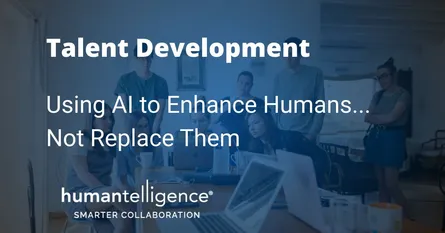
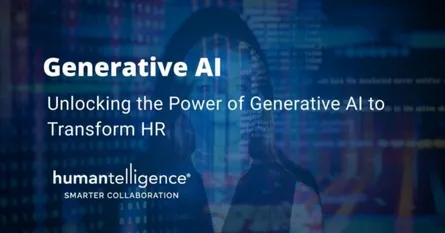
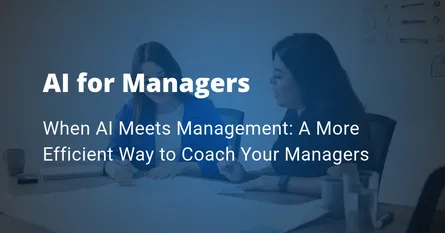
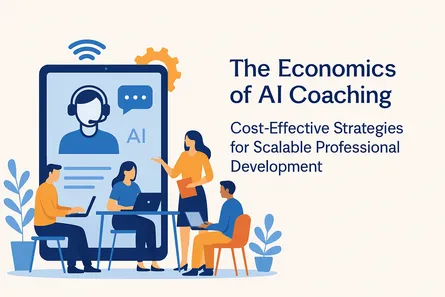
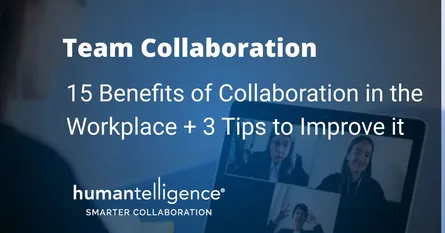
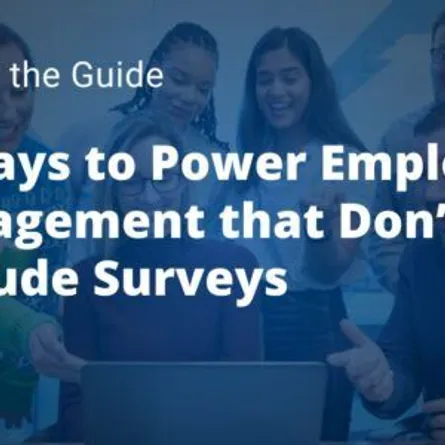
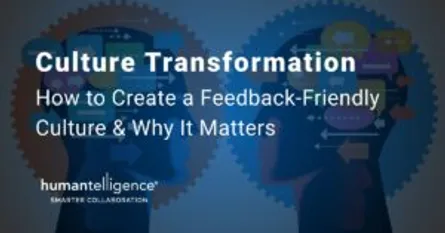



-Low-Quality.DNBpXyLx_1VXSiM.webp)
.CiqwvMOO_A63sY.webp)
-Medium-Quality.ZFp5mEuF_Z13ebXJ.webp)
